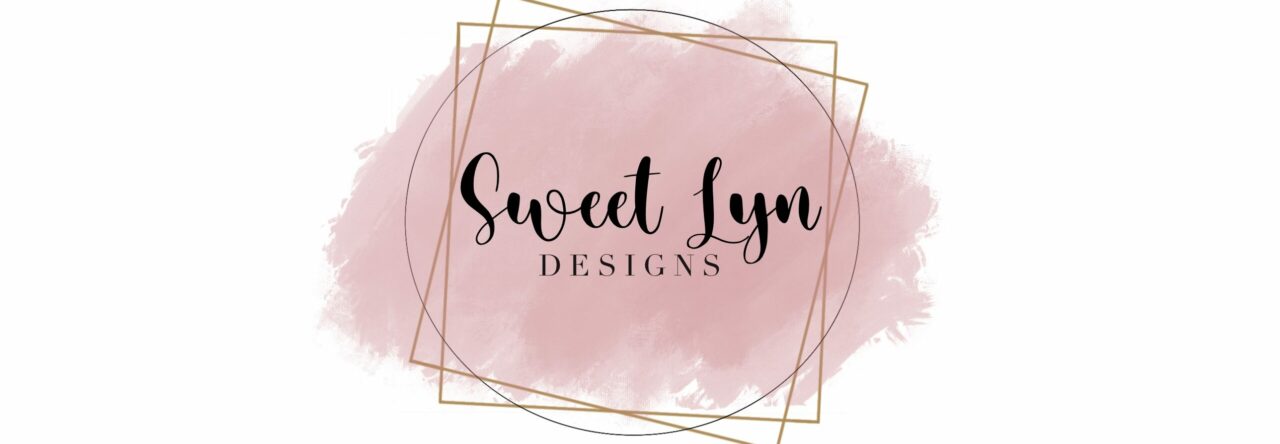Sublimation is a technique that I have only learned and been using since last year around Christmas time. Instead of cutting SVG images into single coloured vinyl sheets to apply to items, sublimation allows you to print entire, multicoloured images, and apply them to your items using a heat press. The use of the heat press to apply the image is similar to how you would apply vinyl to an item, however it is different. With vinyl, you are heating the vinyl up so it attaches itself onto an item like a cotton shirt, or placing it on the item, such as a mug, like a sticker. These items customized with vinyl are not microwave or dishwasher safe, and run the risk of peeling if put into the washing machine or dryer. With sublimation, you are essentially melting the dye from the image directly into your shirt or mug, or whatever blank item you are using. Sublimation allows the items to be microwave or dishwasher safe, and there is no worry of the image eventually peeling off of the item. I have found sublimated items to be much more appealing to customers since they seem to be longer lasting and more versatile. The only downside to sublimation is that you have to use blank items that are made of 50% or more polyester in order for the ink to transfer properly.
Here is a mug that I made using sublimation that has a polyester/sublimation powder coating:

I also wanted to explain in this post what the company/website Design Bundles is!
Taken directly from the Design Bundles website:
“Design Bundles is the Digital Design Marketplace for Crafters, Graphic Designers, Businesses and Educators. We’ve got everything you need from SVG Files, Sublimation Designs, Graphics, Illustrations, Clipart, Laser Cutting Designs, Mockups, Paper Cutting Templates, Laser Cutting Templates, Patterns, Fonts, Textures, Monogram and much much more! Many of our designs can be used with cutting machines like Cricut and Silhouette and software like Canva, Procreate, Photoshop, Illustrator, Affinity and Inkscape.”

Leave a Reply
You must be logged in to post a comment.